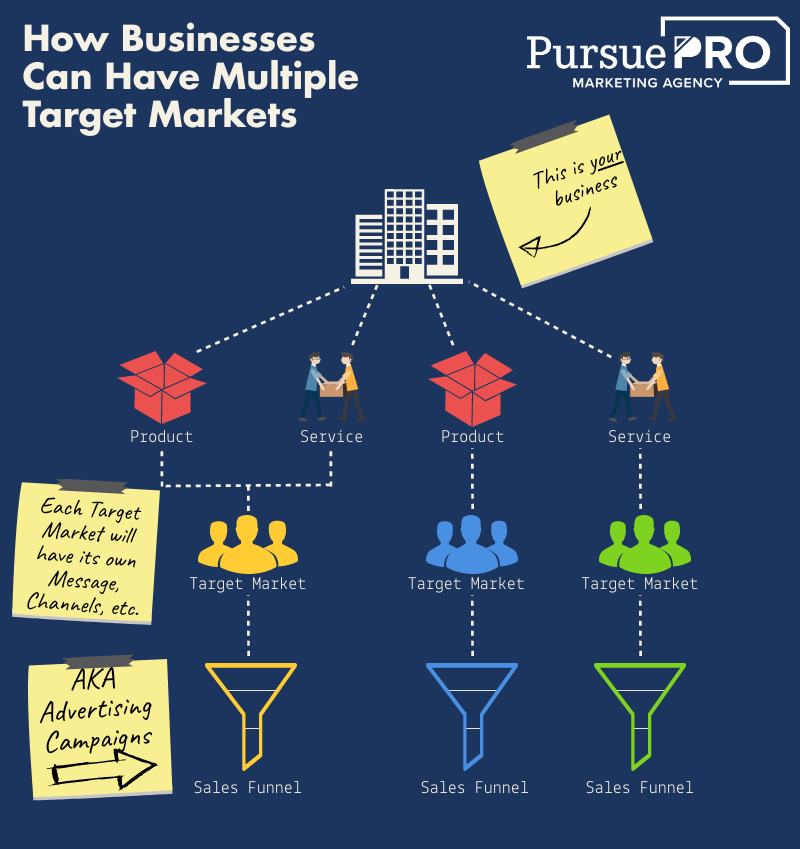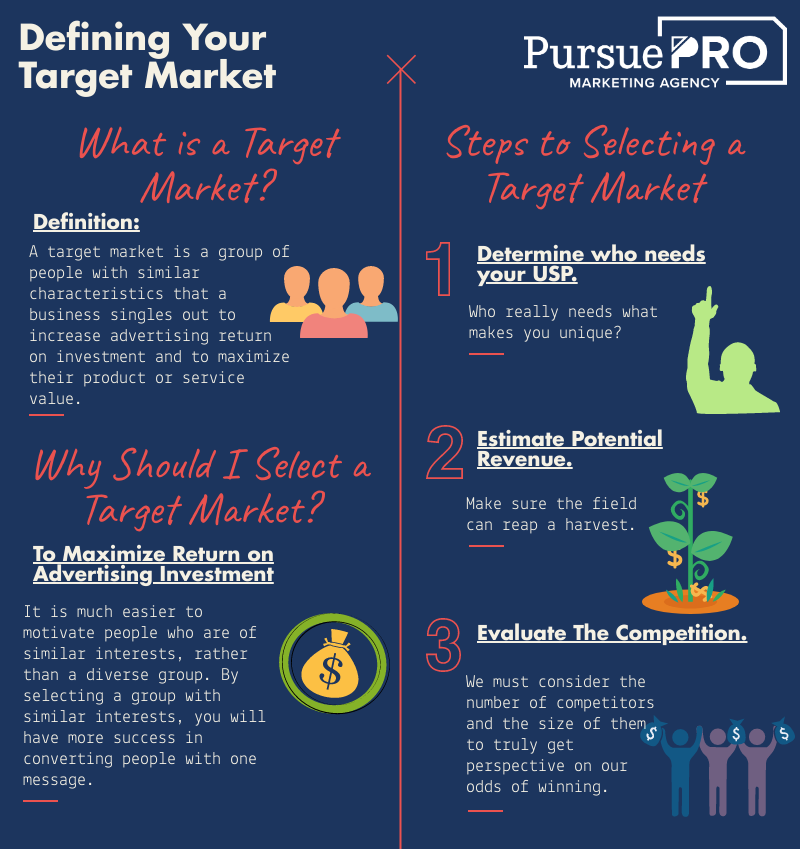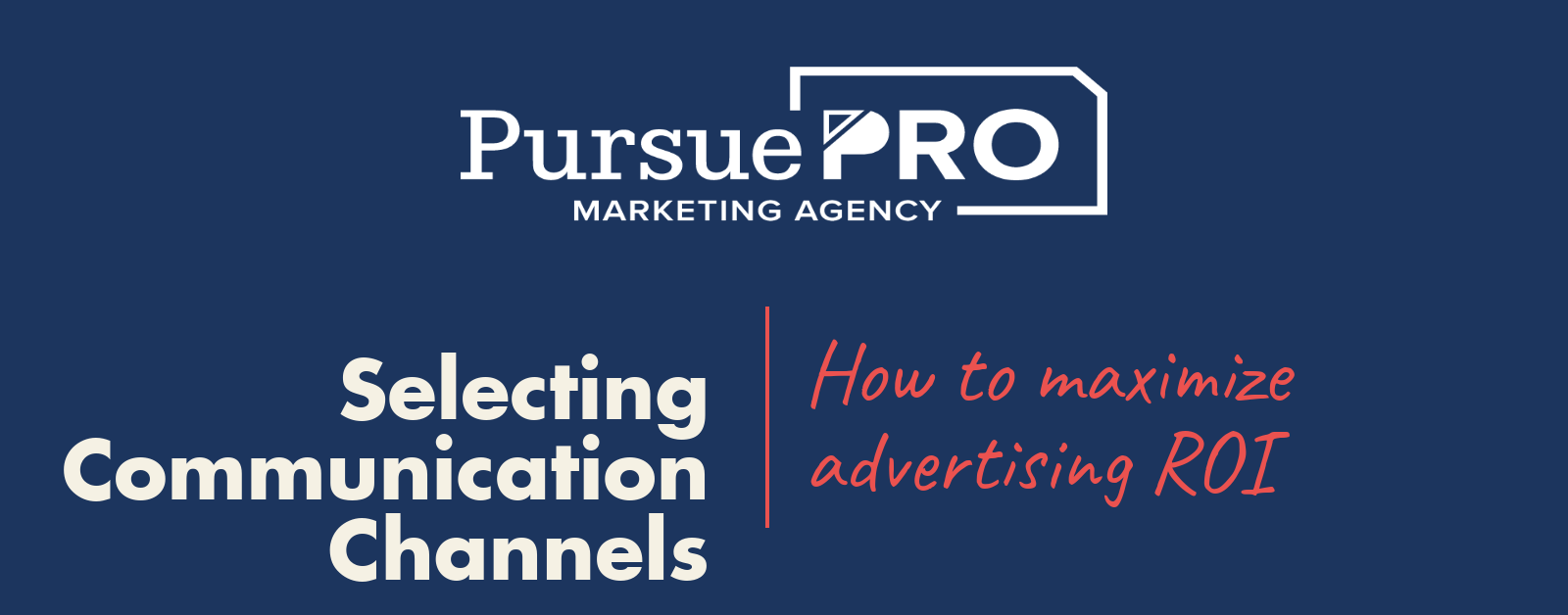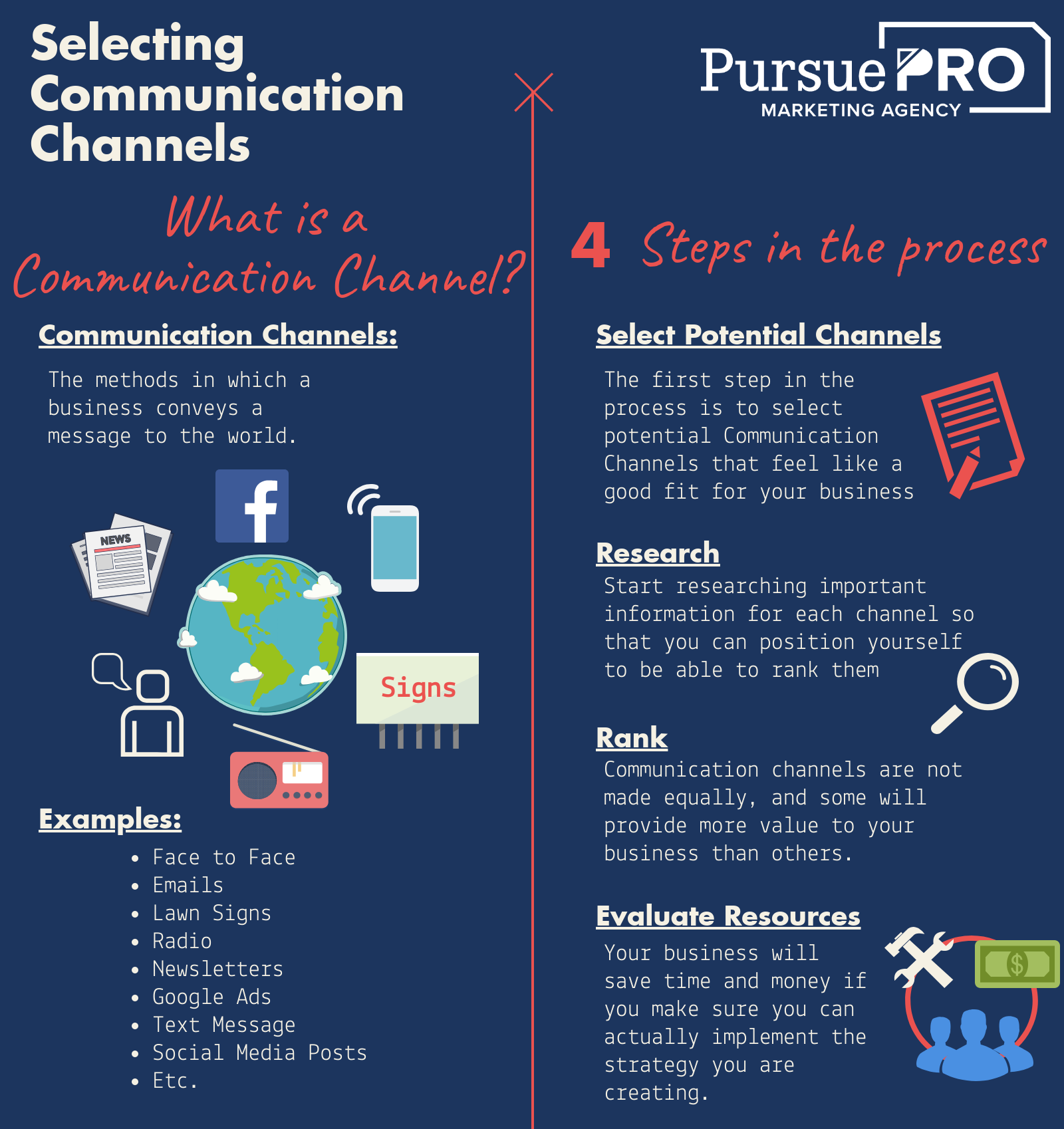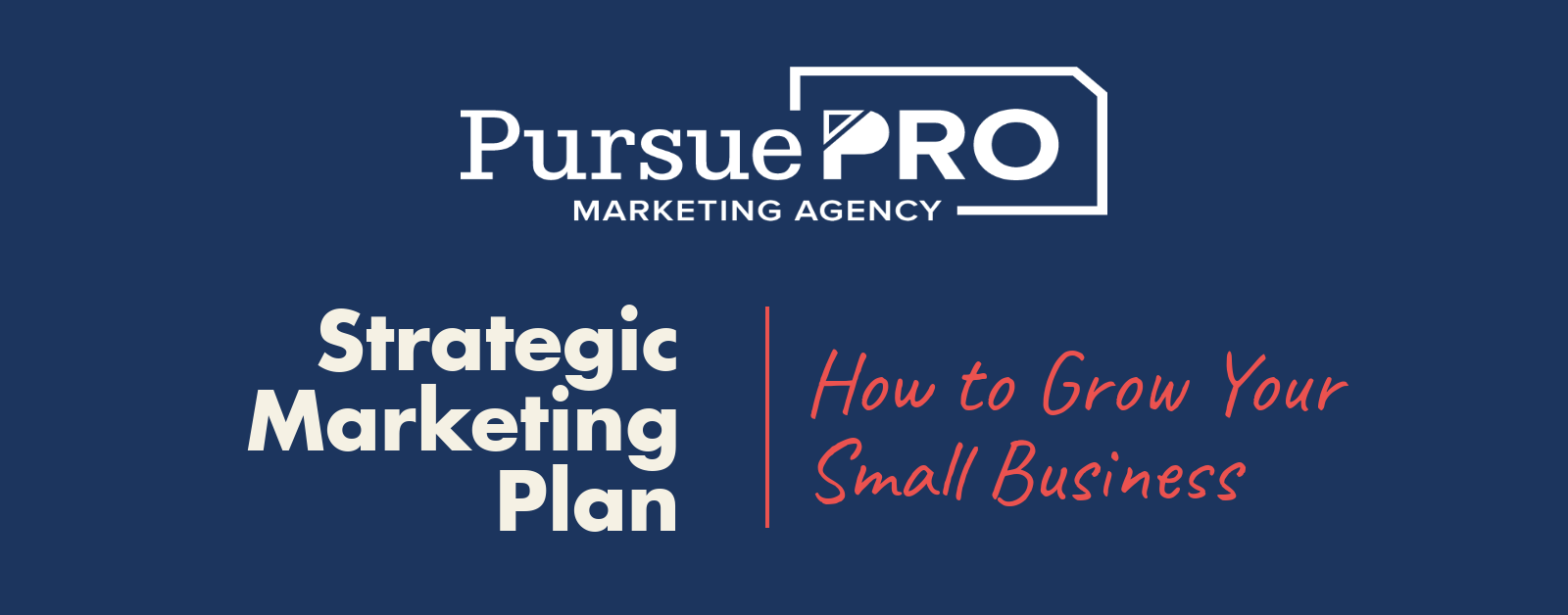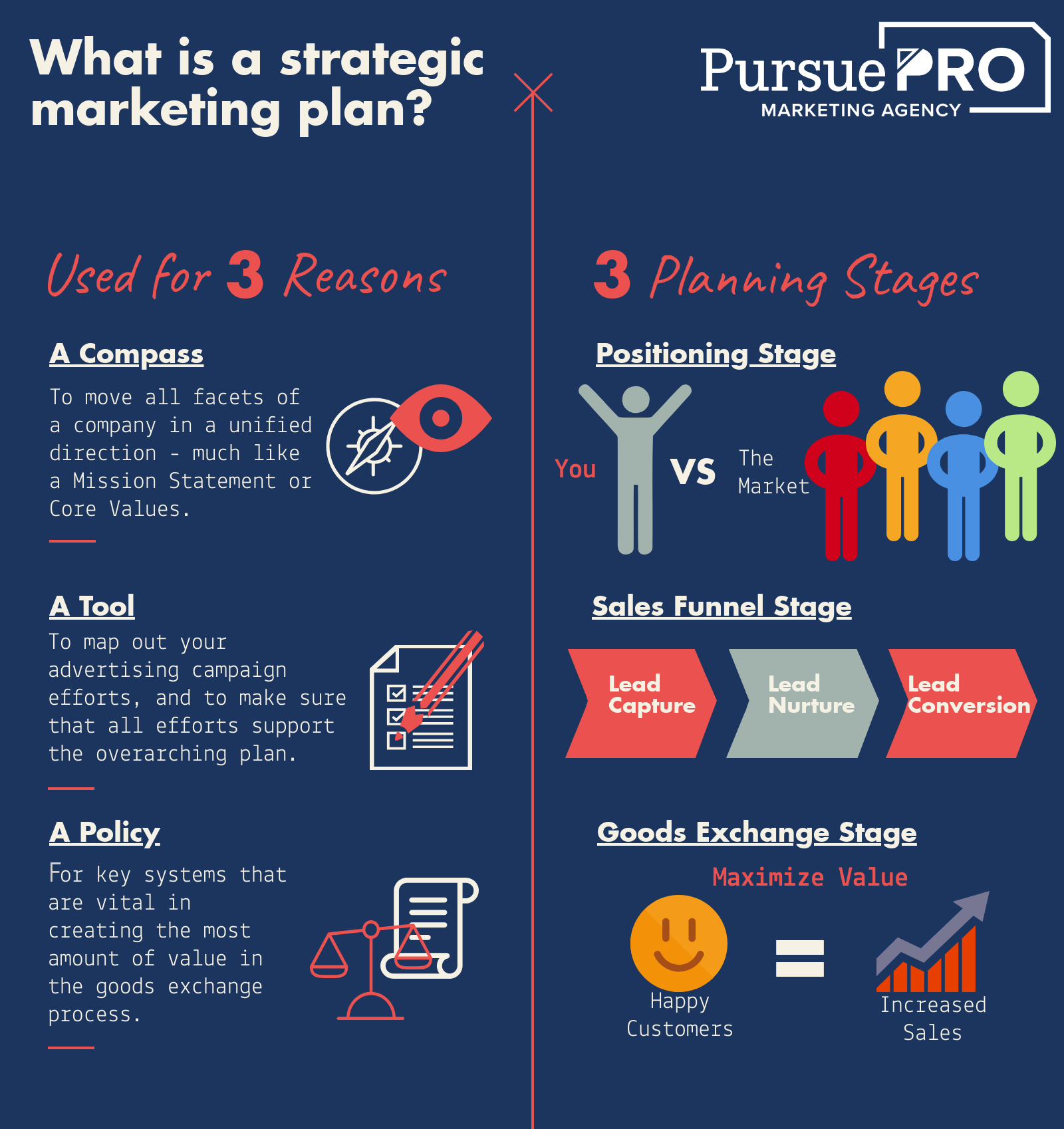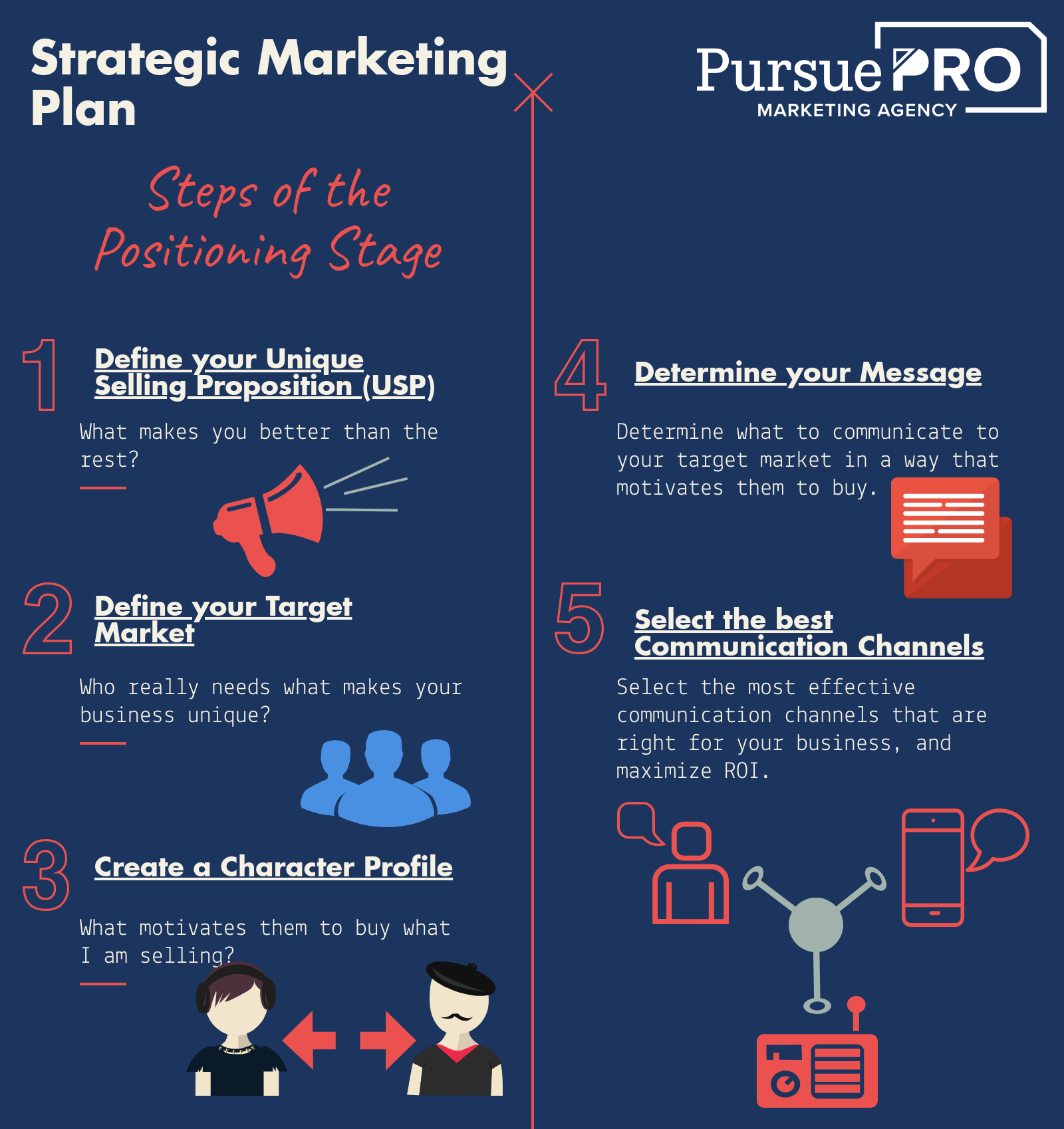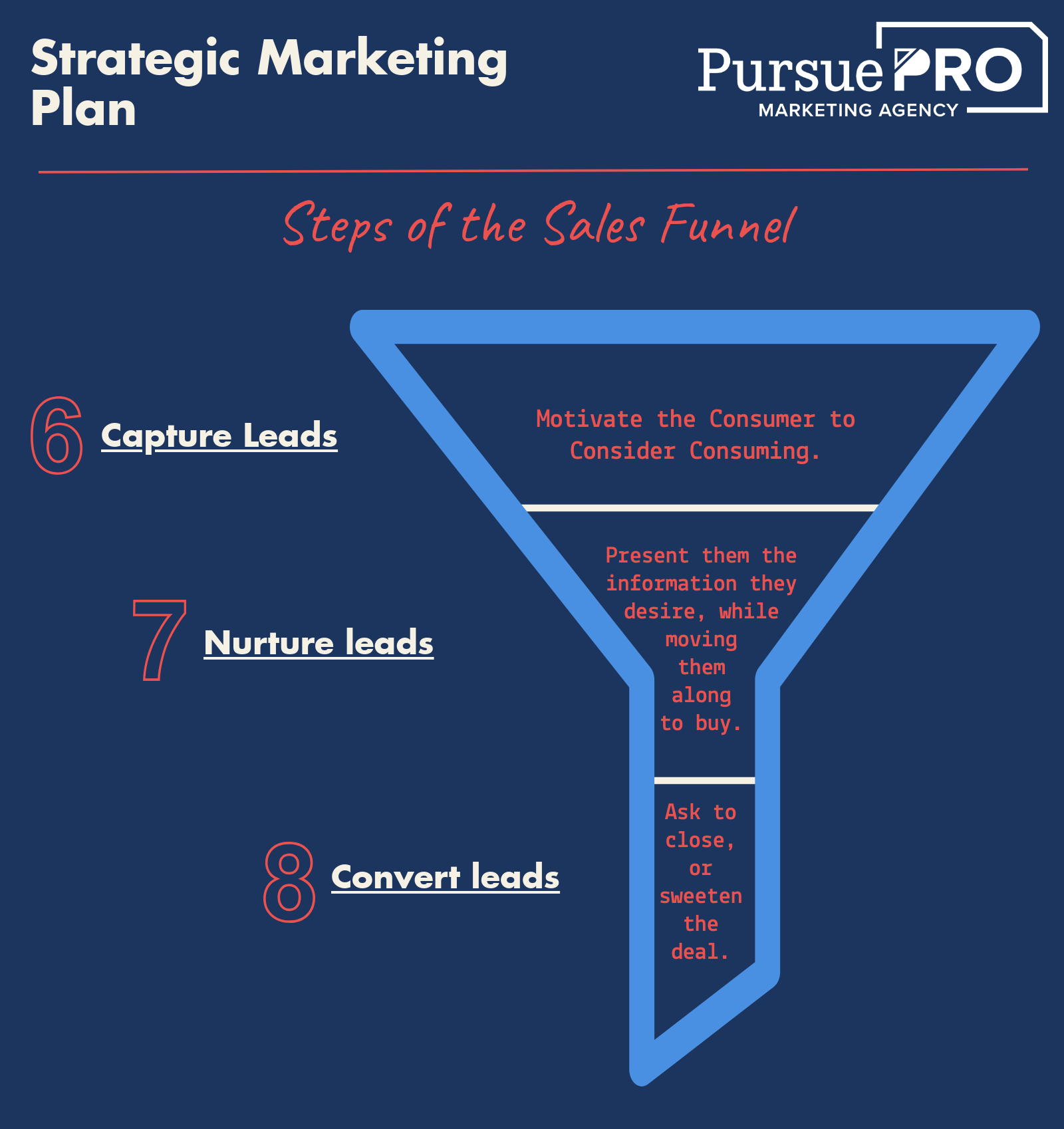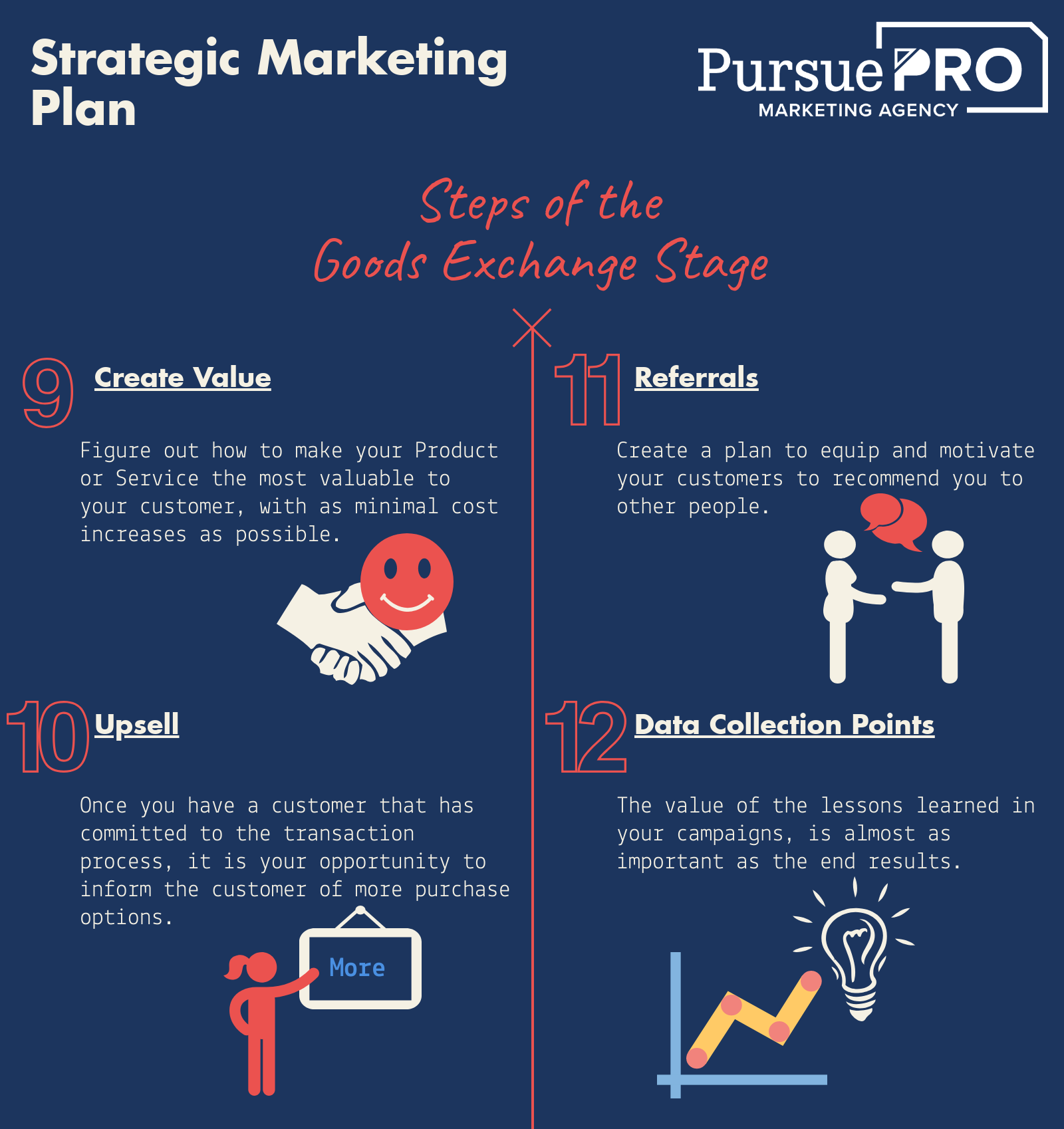Video Marketing Revolution in Home Remodeling: How Keselman Construction Group Sets the Standard in Cleveland

In today’s digital-first marketplace, construction and remodeling companies are discovering that traditional marketing approaches no longer deliver the same results. Keselman Construction Group has embraced this change as a premier kitchen and bath remodeling specialist serving the Cleveland area. Their use use of video as a primary marketing source has begun to set a trend in the industry.
Video Marketing: The New Essential for Remodeling Contractors
Recent studies show that video accounts for well over 80% of all website traffic. In the visually-driven world of home remodeling, this statistic becomes even more significant. Keselman Construction Group recognized this trend early, making video content a cornerstone of their marketing strategy.
“Video allows potential clients to visualize transformations in a way static images simply cannot,” explains Isaac, the owner of Byard’s Online Marketing (our digital marketing partner). “Keselman Construction Group’s video content is designed to build human connection through video in a time where AI content is polluting so much of the web.”
Their library of project videos demonstrates kitchen and bathroom transformations across various styles and budgets, allowing potential clients to find inspiration that aligns with their own home improvement dreams. This approach has proven particularly effective in the Cleveland market, where homeowners appreciate seeing local projects that account for the region’s unique architectural styles.
Digital Showcases: Building a Visual Portfolio
Today, consumers have a wealth of information at their fingertips when it comes to making an informed decision on a purchase. This makes it incredibly important for home construction companies to be putting their portfolios online. Keselman takes this even a step further by not only having great finished photos of their projects, but also pairing it with videos. They take videos of the build process, the final walk-through, and client testimonials (take this bathroom remodel in North Royalton for example).
Building Trust Through Authentic Content
In an industry filled with trust issues, Keselman Construction Group has leveraged video to humanize their brand. Their content features actual team members, from project managers to the CEO, explaining their approach and helping customers make informed decisions.
In this video, Keselman Construction Group explains to their customers how much a kitchen remodel generally costs in Cleveland.
Creating a video about your pricing model is a bold but powerful strategy. Many home construction companies are afraid to share their prices online because they think it could scare their prospects away or give away their pricing strategy to competitors. But Keselman understands the importance of being real and honest with their potential customers – and this is one of the most common questions asked by homeowners looking to remodel.<
“Consumers today can spot inauthentic marketing immediately,” Isaac explains. “Keselman’s videos feature their actual team doing real work in Cleveland homes. That authenticity is impossible to fake and incredibly powerful for building trust.”
Their behind-the-scenes content resonates particularly well with potential clients, who appreciate seeing the care and attention to detail that goes into each project. By the time a prospect meets with the Keselman team in person, they already feel a connection with the company.
This video by Keselman Construction Group shows what to expect with a kitchen remodel in Cleveland, educating their customer base with valuable information.
Looking Forward
As video continues to dominate digital marketing strategies across industries, construction and remodeling companies would be wise to take notes from Keselman Construction Group’s playbook. Their comprehensive approach demonstrates that video isn’t just a marketing tactic—it’s a tool for building trust, showcasing craftsmanship, and improving the entire client experience.
“The construction industry often lags in digital marketing innovation,” concludes Isaac. “Companies like Keselman Construction Group that embrace these tools gain a significant competitive advantage, especially in markets like Cleveland where homeowners increasingly begin their remodeling journey online.”


